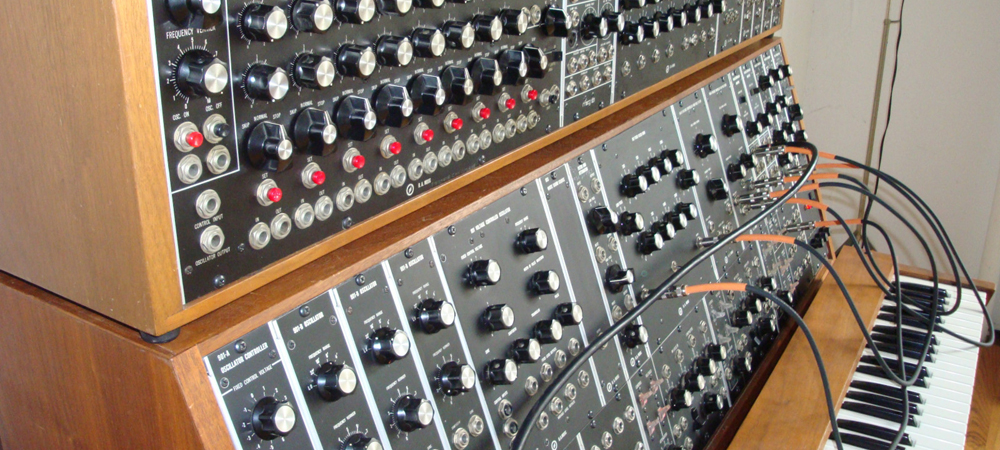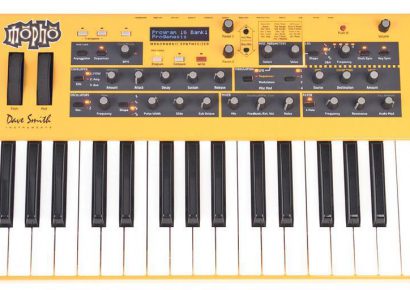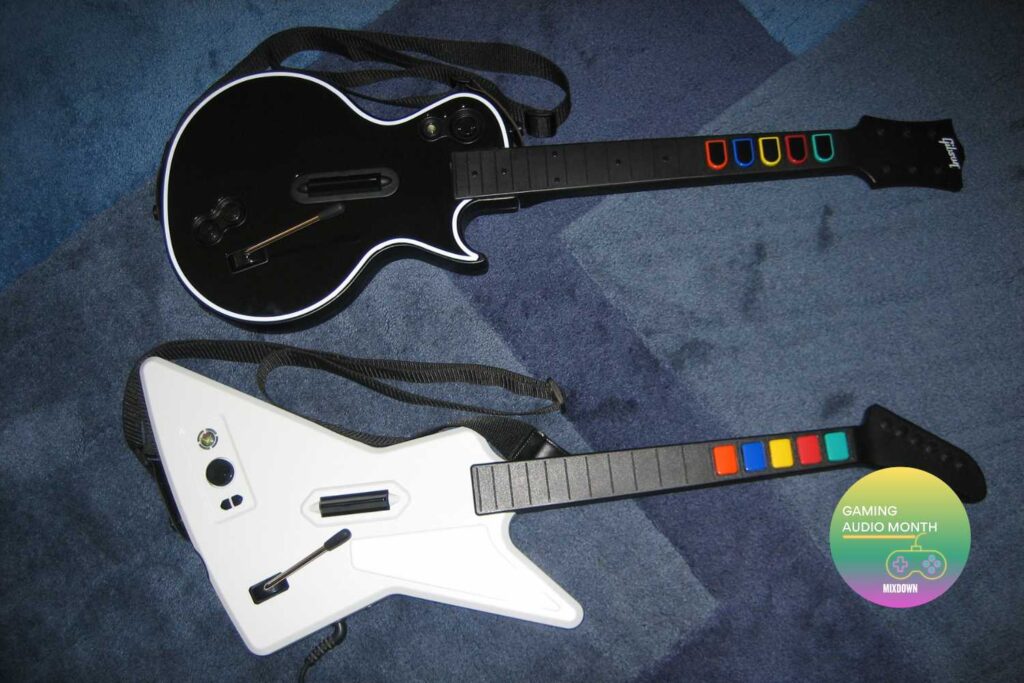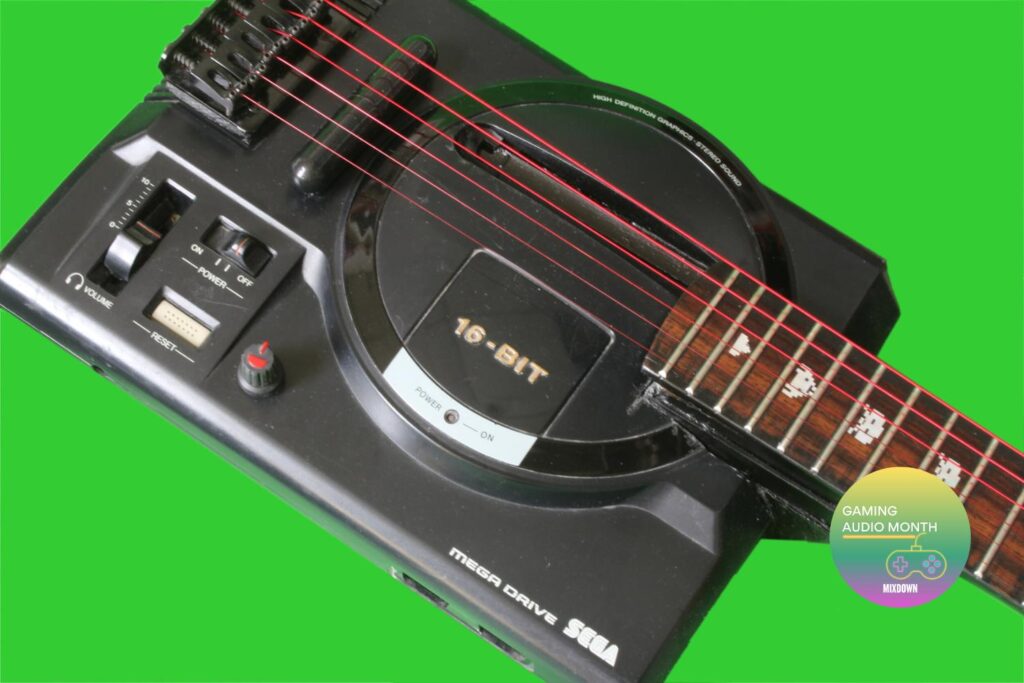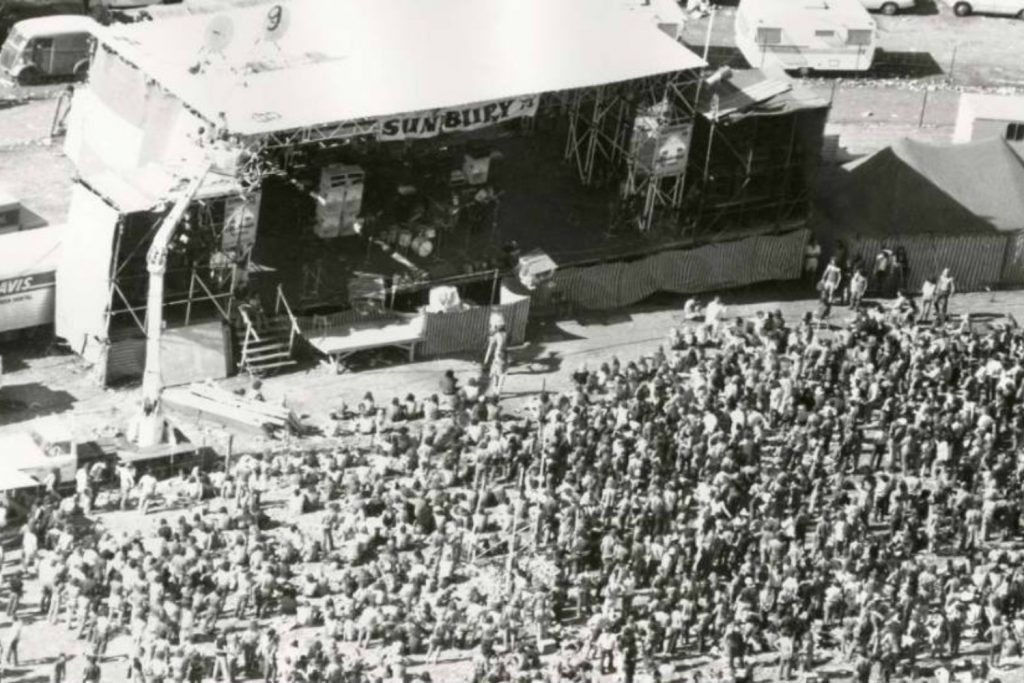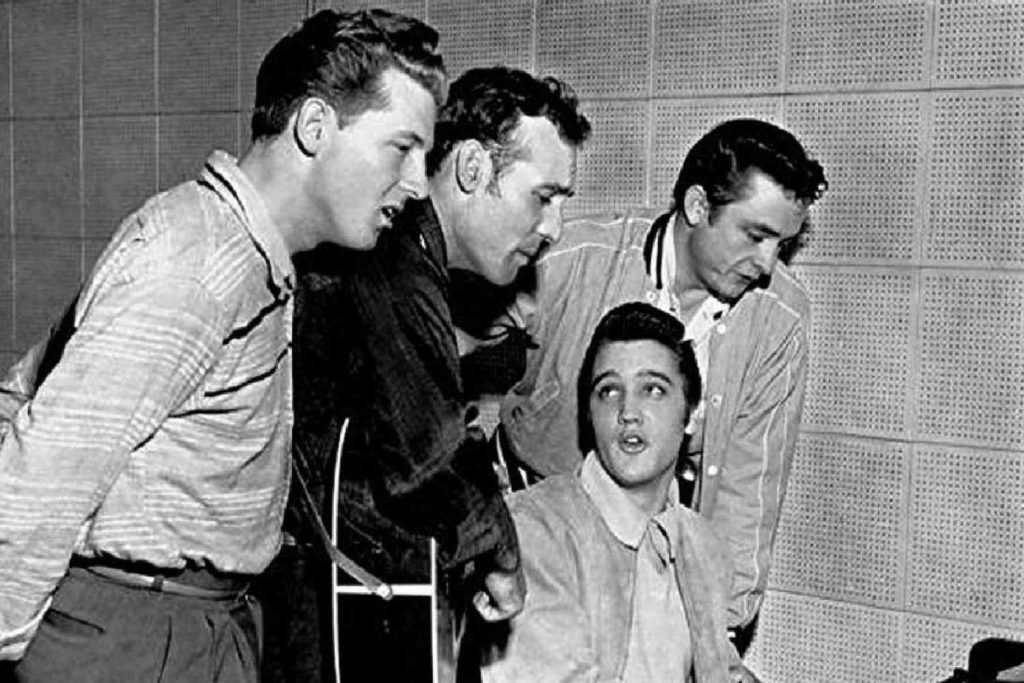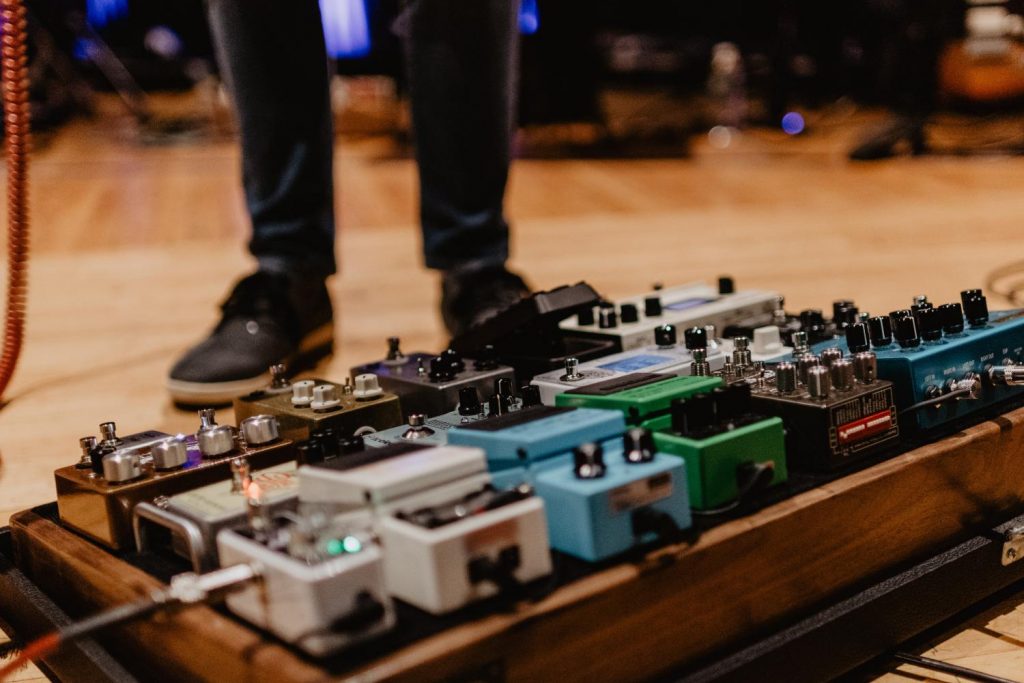At first, this seemed like vicious internet rumour, but the official Moog site confirmed these details just before the 2015 NAMM show. This is sure to be a big hit for any synth nerds that attended the show this year and is set to become one of the most sought after synthesizers in current production.
THE BIG PICTURE
The whole concept of the Moog Modular system was that you could create all number of different signal paths from the system and so, create what was technically an endless array of different synthesizers from the one, enormous housing. With a number of different modular systems available after the initial release in 1964, Moog covered all bases including a compact system that could be lugged around in a suitcase and didn’t need a forklift in order to reposition it within a room. But, it was the larger, System 55 that so many people remember for not only it’s sound, but its grandeur and imposing presence within a studio or on a stage should one ever find its way there. The behemoth, the big boy in the Moog Modular range has not been forgotten in Moog’s re-release of these instruments some fifty years later, and for a cool US$35,000, you can get onto the waiting list to get your hands on one of your very own. I think I might have to wait a while before the PayPal account is happy enough for this purchase. I am not sure that this is going to be a big seller. You will most likely not be able to find one on display at your local music shop to ‘try before you buy’. So, sadly most of us reading this may never get to lay our hands on the new System 55 Moog Modular.
ENDLESS POSSIBILITIES
Having heard hours and hours of demo tracks produced from these new-era System 55 modular units, you can appreciate how they are being used to not only mimic the sounds of old, but also to create a grittier, more cutting edge sound that has modern music styles to be thankful for. The sequencer section in the System 55 is no doubt the backbone to the hypnotic arpeggios that the Moog Modulars can deliver. The extensive array of oscillators, filters and envelopes that can be organised to work in any way you’d like them to. I was taken back to early Devo sound effects that were sitting alongside strings and pad sounds that would have had Vangelis licking his chops with glee. Then, for anyone who is considering scoring the soundtrack for some bad 1970’s style science fiction films that will probably end up going straight to the DVD discount bin, there are all too many amazing sounds to be created from the Moog Modular.
Yes, you can get your hands on a slightly cheaper option still. If you are like me and don’t really have a spare $40k lying about, then there is always the software option with Arturia still producing a very workable and very affordable Moog Modular plug-in. Sure, it doesn’t quite have the same imposing presence in your home studio, but for around $100 you can run a Moog Modular on your computer and get some surprisingly realistic sounds that are not too far from the original. Plus, you can run multiple instances of the plug-in should your creativity take you beyond the awesome capabilities of just a single Moog Modular system. As much as I would love to have a new System 55 with the optional keyboard and maybe a few additional mods, this isn’t likely to happen too soon, that said, even less likely is the possibility of me getting an original Moog Modular into my collection at this point. So, I will continue to enjoy the sound that we all have heard at some point or another, but I will simply have to continue doing so in software form, like many of you surely will too. For any of you with a penchant for 1970’s synth driven soundtracks, and those of you who simply love to create new sounds that defy the norm, I can highly recommend looking into Arturia’s offering of the Moog Modular as it gets you most of the way there and is a lot simpler to use than the real thing as you have the benefit of patch memory and digital recall. If only that was available on the original units back in the 60’s.
